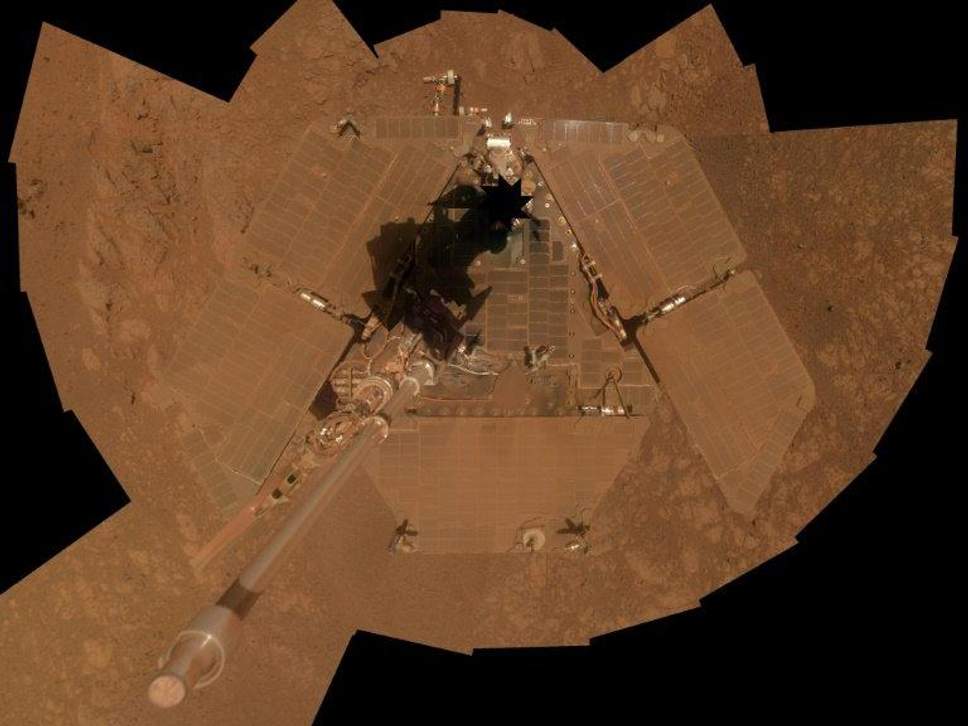
As massive dust storms on Mars finally come to an end, Nasa hopes to reconnect with its Opportunity rover for the first time in nearly three months.
The solar-powered machine went into “sleep” mode as dust blocked out the Sun in early June, and since then engineers back on Earth have been concerned about its fate.
Now they are optimistic that contact can be made with the 15-year-old rover, which was last recorded in the red planet’s aptly named Perseverance Valley.
However, they have set a deadline of 45 days beyond which they say it is unlikely Opportunity will recover.
“The Sun is breaking through the haze over Perseverance Valley, and soon there will be enough sunlight present that Opportunity should be able to recharge its batteries,” said John Callas, Opportunity project manager at Nasa’s Jet Propulsion Laboratory.
“If we do not hear back after 45 days, the team will be forced to conclude that the Sun-blocking dust and the Martian cold have conspired to cause some type of fault from which the rover will more than likely not recover.
“At that point our active phase of reaching out to Opportunity will be at an end.”
Once dust levels in the Martian sky fall below a threshold level, the Nasa team will begin sending the rover commands.
If they then hear back from Opportunity, they will begin assessing its status and attempting to bring it back online.
The current health of the robot is unknown, and the dust could have resulted in reduced energy production, diminished battery performance and a range of other technical difficulties.
However, the team is “cautiously optimistic” that the hardy robot will make a recovery considering the numerous challenges it has already overcome over the course of its mission.
After massively exceeding engineers’ expectations for its lifespan, which was only meant to stretch around 90 days, the rover recovered from serious breakdowns in 2005 and 2017.
“In a situation like this you hope for the best but plan for all eventualities,” said Mr Callas.
“We are pulling for our tenacious rover to pull her feet from the fire one more time. And if she does, we will be there to hear her.”
Even after the 45 days of actively trying to contact Opportunity have passed, Mr Callas and his team will continue “passive listening” efforts for several months in case a large amount of dust remains deposited on the machine’s solar panels.
This will allow for the chance that a blast from a Martian dust devil – small whirlwinds known to pass across the red planet’s surface – will come along and clean the remaining dust off the apparatus.
Despite the plans laid out to save Opportunity, former rover driver for Opportunity Mike Siebert described the 45 day limit as “woefully insufficient” considering the 15 months that had been set aside to hunt for the lost Martian Spirit rover in 2010.
“Whomever made this decision is a coward,” he tweeted on Thursday.

